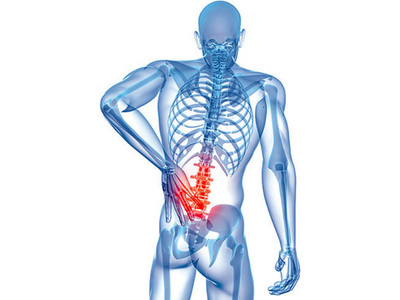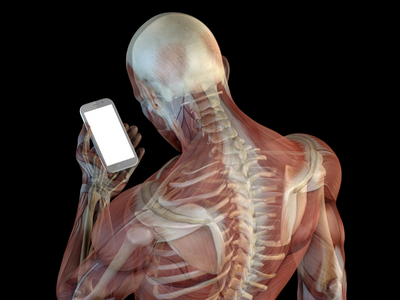Tennis elbow, also known as lateral epicondylitis is a condition that causes pain over the outer aspect of the elbow. Up to 50% of all tennis players experience some type of elbow pain, and 75–80% of these elbow complaints are attributed to tennis elbow. It most commonly presents in men and women aged between 35 and 54 years.
The muscles of the forearm start at the elbow and end at the finger joints. So, the overuse of muscles at the outer aspects of the elbow leads to wear and tear at their origin. This ultimately leads to pain, swelling, and tenderness over the joint. Activities like turning a doorknob, gripping any heavy object, wringing clothes, etc. are painful.
The natural history of tennis elbow:-
the natural history of LE was between 6 months and 2 years, which has since been widely studied by researchers. In contrast, recent reports have shown that symptoms may persist for many years and recurrence is common. Another common reason explained by researchers states that , people who have a sensitive nervous system tend to develop tennis elbow easily and repetitively.
Risk factors for Tennis elbow:-
Office work, older age, being female,31 previous tobacco use and concurrent rotator cuff pathology are also significantly associated with LE.32Tennis elbow is common in variety of sports like squash, lawn tennis and fitness people like weight-lifters. So, the cause of pain in these players may not just be restricted to the elbow, but, may also originate from the neck or shoulder. Tennis elbow seen in sports players is usually more of a chronic problem which may require screening of the playing technique/ equipment as well.
symptoms of tennis elbow:-
how do we test and confirm tennis elbow at the clinic:-
The most common functional limitation in LE is pain on gripping, and this can be measured as pain-free grip strength, which is a reliable and valid measure that is more sensitive to change than maximal grip strength. With the patient lying supine, the elbow in relaxed extension and the forearm pronated, the patient is asked to grip a dynamometer until the first onset of pain, and the mean of three tests at 1-minute intervals is then calculated.
Elbow, wrist, and forearm range of motion, stress testing of the medial and lateral collateral elbow ligaments, and specific tests for elbow instability (eg, Posterolateral Rotary Drawer Test, and Table Top Relocation Test) are also assessed to aid the differential diagnosis of intra-articular and ligamentous pathology.
Evaluation of the cervical and thoracic spine and neurodynamic testing of the radial nerve are also helpful in identifying spinal contribution to pain.
Management for tennis elbow:-
There are many treatment options for tennis elbow ranging from simply taking medications or steroid injections to a short or long duration of physical therapy to surgery.
The treatment choice depends upon the stage and severity of tennis elbow.
In the initial stage, physiotherapy works to resolve pain and inflammation using either cold therapy or electrotherapy. Gradually, it works on the muscle conditioning to reduce the load on the overworked muscles and to make them work more efficiently.
The Physiotherapy treatment options involve:-
- exercise,
- manual therapy/manipulation,
- orthoses,
- laser OR,
- Ultrasound OR,
- acupuncture OR,
- shock wave therapy (SWT).
All of these have been compared to placebo or control by various researches.
The fundamental behind our treatment motto is to resolve the tendinopathy which exists within the elbow ligaments. this is usually done by load management and the machine therapy is mainly aimed at aiding the exercise program. In our experience, a program of eccentric exercises with an elbow orthosis may provide greater global improvement at the end of treatment (around 6 weeks).


Apart from physiotherapy, external supports can be used to control the pain. Cock-up splint is use when the pain is severe while, a tennis elbow strap can be used for mild to moderate pain.
if you have faced a tennis elbow previously and want to add a prehab to prevent the injury again, try this
References:-




